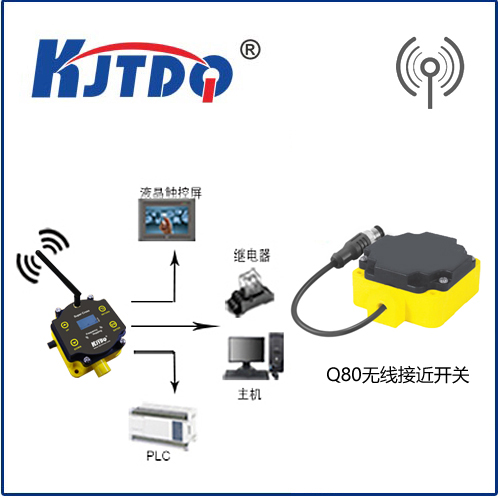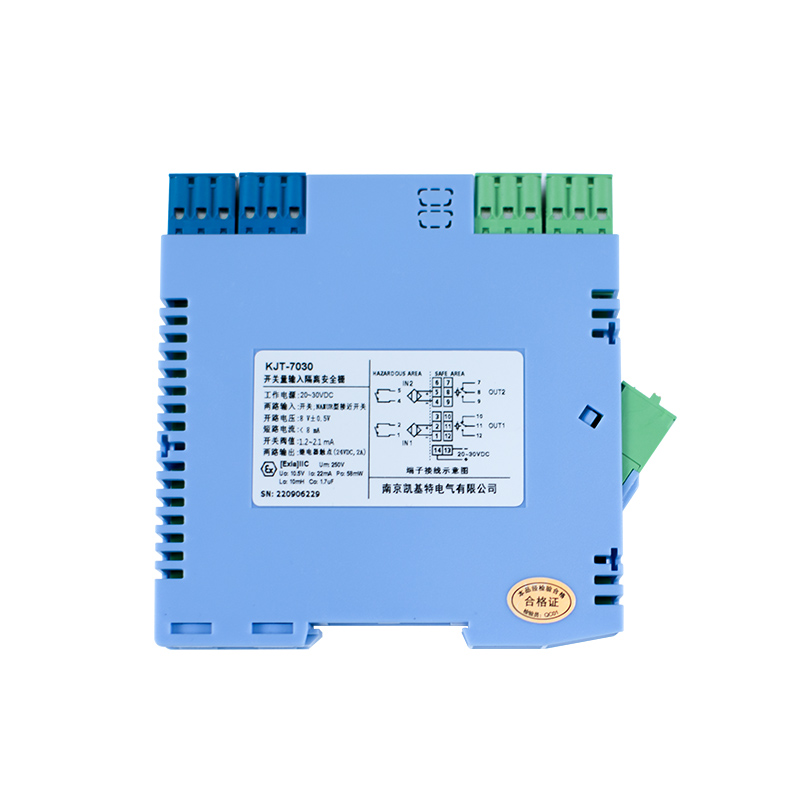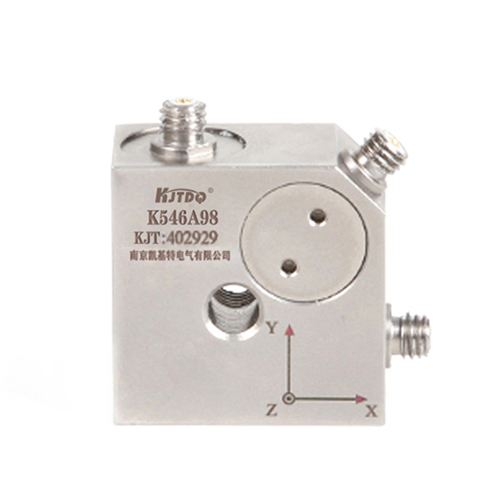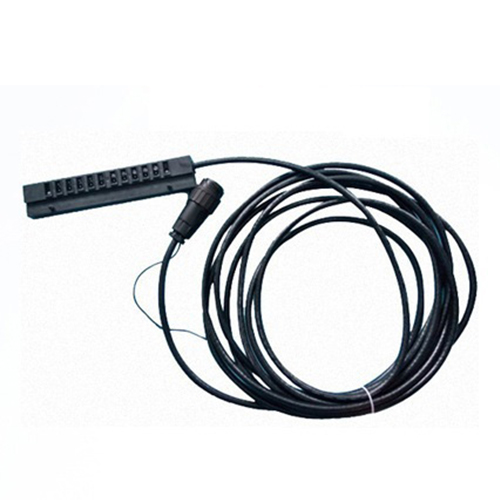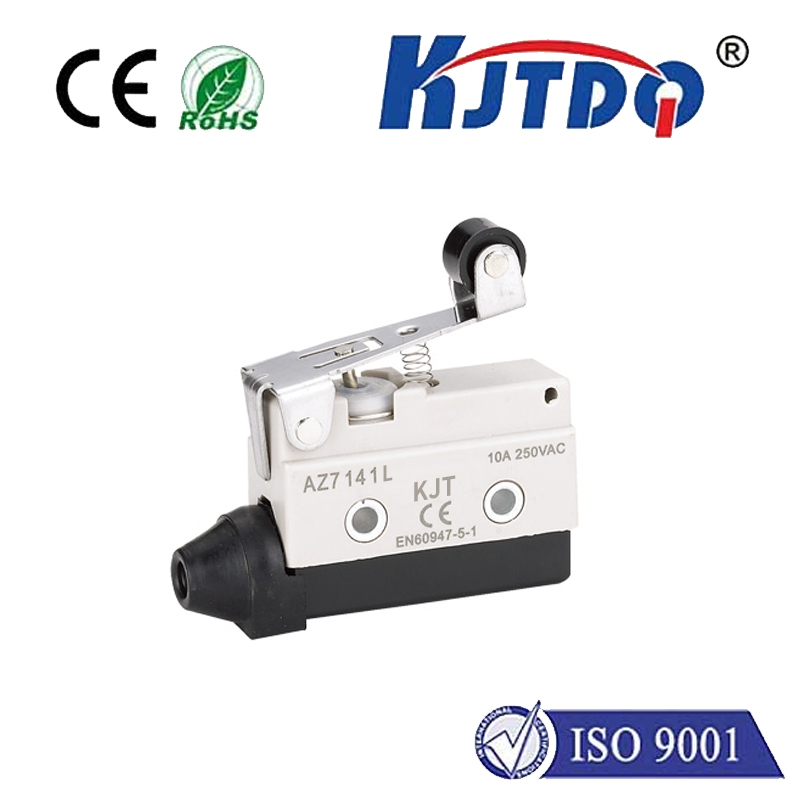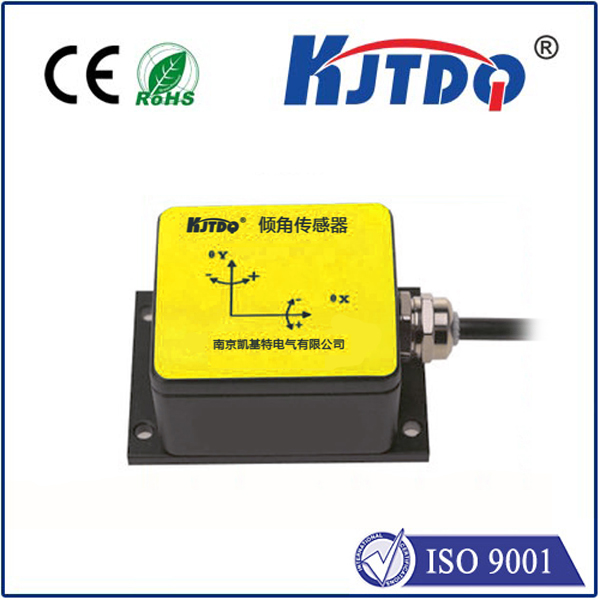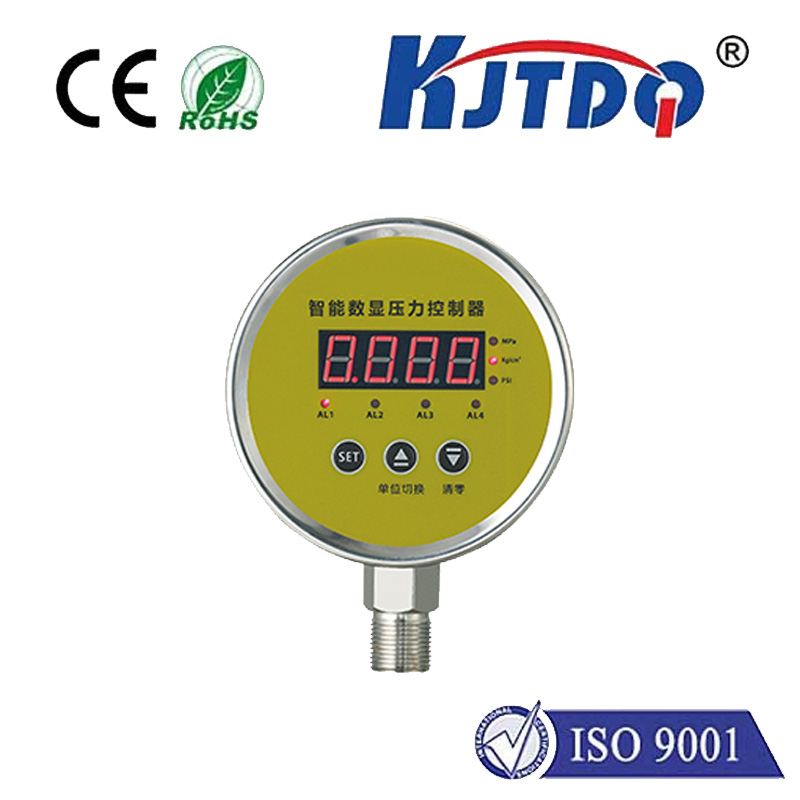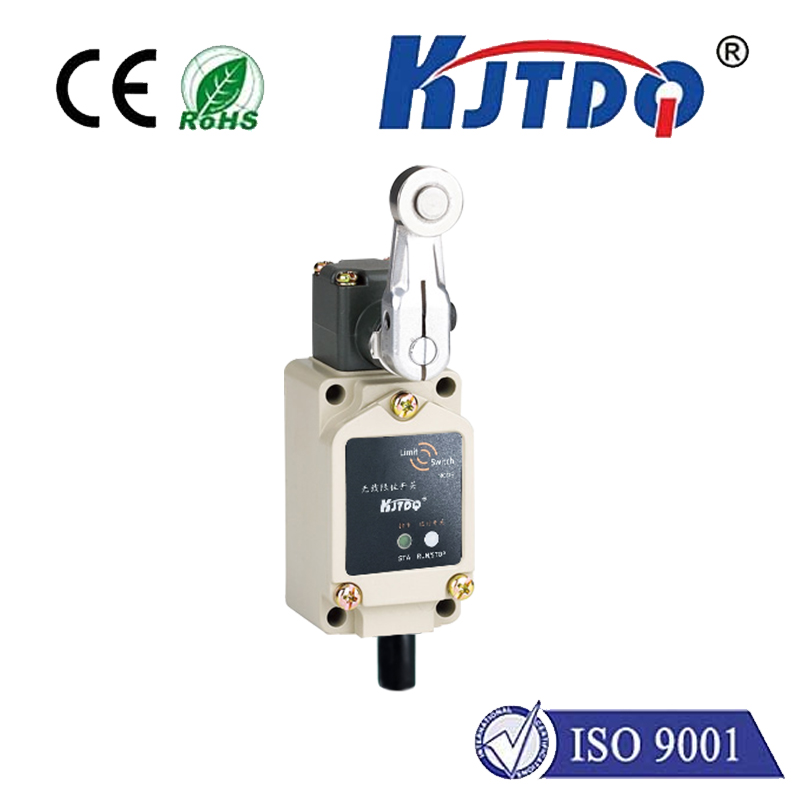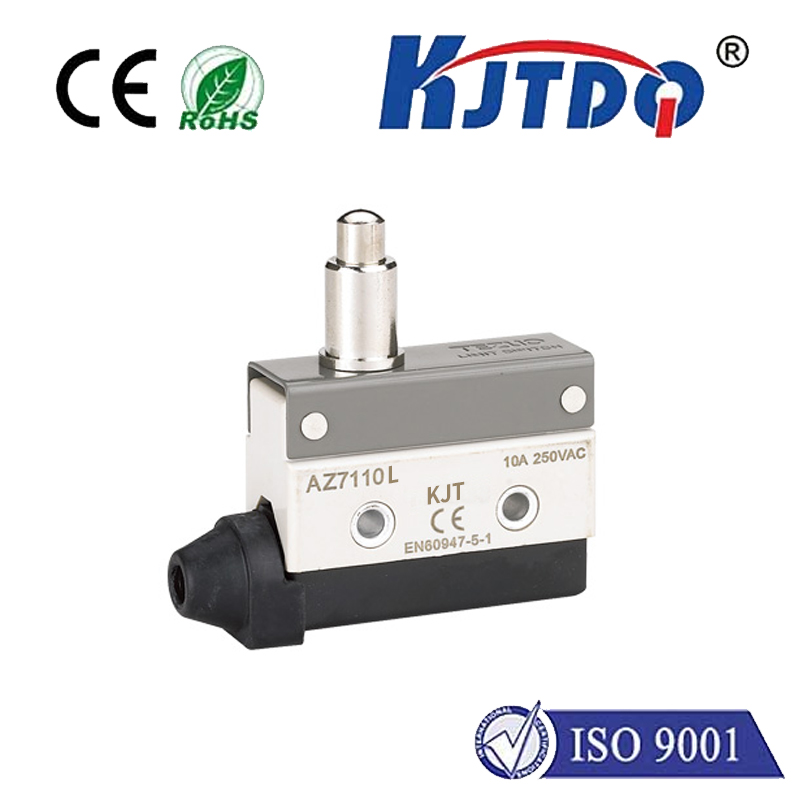Автоматический ограничитель
- time:2025-08-02 01:15:43
- Нажмите:0
Automation Limit Switches: The Unsung Precision and Safety Guardians
Imagine a robotic arm swiftly moving heavy components on an assembly line, or a massive conveyor belt transporting tons of material. Automation brings incredible speed and efficiency. But what happens when that motion needs to stop precisely at the right point, every single time? What prevents potentially catastrophic collisions or dangerous malfunctions? Often, the answer lies in a seemingly simple yet indispensable component: the automation limit switch.
More than just an “on/off” button, these devices are critical sensing components embedded within automated systems. They act as the system’s eyes and ears for positional awareness, providing definitive feedback when a moving part reaches a predefined boundary. This fundamental function underpins both operational reliability and essential safety protocols.
Understanding the Core Mechanism
At its heart, an automation limit switch is a physical switch activated by direct contact or sensed proximity to an object (like a machine part, door, or moving platform). When the target object interacts with the switch’s actuator (a lever, roller, plunger, or even a magnetic field), it triggers an internal change in an electrical circuit. This change generates a signal sent to the machine’s controller (PLC or similar), effectively saying: “Target position reached!” or “Travel boundary exceeded!”
This signal is a fundamental piece of feedback within the control logic. It can instruct the system to:

- Stop motion immediately.
- Change direction (e.g., reversing a conveyor or lifting mechanism).
- Initiate the next step in a programmed sequence.
- Activate a safety shutdown to prevent damage or injury.
Types Tailored for Automation Needs
The demands of automated environments have driven significant innovation in limit switch technology. Here are the most common types:
- Mechanical Limit Switches: The traditional workhorses. They feature a physical actuator arm (lever, roller, plunger) that must be mechanically depressed or moved by the target object. Renowned for robustness, simplicity, and the clear physical feedback they provide. Ideal for applications requiring a definitive, physical “stop” signal and where harsh environments demand ruggedness. However, wear over time and susceptibility to damage in high-impact scenarios are considerations.
- Proximity Switches (Inductive/Capacitive): These non-contact sensors detect the presence of a metallic (inductive) or non-metallic (capacitive) target without touching it. Using electromagnetic fields, they trigger when an object enters their sensing range. Key advantages include long operational life (no moving parts to wear out), suitability for dirty/wet environments, and high-speed sensing capabilities. Crucial where physical contact could damage the switch or the object.
- Magnetic Reed Switches: Utilize a magnet attached to the moving part. When the magnet gets close enough to the switch’s reed contacts (sealed within a glass tube), they close or open the circuit. Offer good sealing against dust and moisture due to the sealed contacts, making them suitable for specific automation tasks requiring compact, reliable non-contact detection, often in doors or hatches.
- Photoelectric Sensors: While broader in application, they function excellently as non-contact limit switches. They emit a light beam (visible, infrared, laser) and detect its presence or interruption. Ideal for detecting objects over longer ranges, transparent objects (with specific types), or in situations requiring precise non-contact positioning signals.
Why They Are Indispensable in Automation
The value of automation limit switches transcends simple position detection. They are pivotal for:
- Ensuring Machine Safety: This is paramount. Limit switches act as critical fail-safes within safety interlocks. They prevent access to dangerous areas during machine operation (guarding), ensure covers are closed before startup, and halt motion if an operator enters a hazard zone. Their reliable operation is fundamental to personnel protection and accident prevention, forming part of many safety-rated systems (like Safety Door Switches).
- Guaranteeing Precision and Repeatability: Automated processes demand extreme accuracy. Limit switches provide the definitive positional feedback necessary to ensure a part is loaded correctly, a drill descends to the exact programmed depth, or a robotic gripper closes at the precise location. This repeatability is core to maintaining consistent product quality and process efficiency.
- Protecting Equipment: Preventing physical damage to machinery is a core function. By halting travel before mechanical over-travel occurs (e.g., a crane hitting its end beam, a cylinder over-extending), limit switches prevent costly repairs, downtime, and potential collateral damage to other system components. They enforce the physical operation boundaries.
- Sequencing Control: Limit switches are fundamental triggers within automated sequences. The signal confirming “Part in Position” initiates the next step, like welding, painting, or assembly. Their reliable signal ensures the smooth, coordinated flow of the entire operation.
- Diagnostics and Troubleshooting: The clear binary signal (open/closed, target present/absent) provides a straightforward way to diagnose faults. A machine failing to start or sequence correctly can often be traced back to a limit switch not being triggered or being stuck in the wrong state.
Межотраслевое применение
The versatility of automation limit switches means they are ubiquitous:
- Производство: Robotic work cells (end-of-arm tooling positions, safety guarding), CNC machines (axis travel limits, tool changers), automated assembly lines (part presence verification, press stroke limits), packaging machinery (carton height detection, conveyor end stops).
- Перевозка материалов: Conveyor belt tracking and end-of-line stops, overhead crane travel limits, automated guided vehicle (AGV) docking & obstacle detection, palletizer height and position control.
- Process Control: Valve position indication (open/closed), tank level limits (overflow/run dry prevention), access door monitoring on processing equipment.
- Building Automation: Elevator floor leveling, overhead door open/closed detection, HVAC damper position control.
Choosing the Right Automation Limit Switch
Selecting the optimal switch requires careful consideration:
- Environment: Exposure to dust, moisture, chemicals, extreme temperatures, or vibration dictates the required IP (Ingress Protection) or NEMA rating, crucial for maintaining long-term reliability in harsh industrial settings. Non-contact sensors often excel here.
- Actuation Method & Force: Match the actuator type (lever, roller, plunger) and operating force to the nature of the moving part and the required precision. Consider potential impact forces.
- Required Signal: Does the control system need a simple Normally Open (NO) / Normally Closed (NC) contact closure, or a specific voltage output (e.g., PNP/NPN)?
- Sensing Range: For non-contact switches (proximity, photoelectric), ensure the specified range meets the application’s physical gap requirements.
- Durability (Life Expectancy): Mechanical switches are rated for millions of cycles; ensure the rating matches the application’s duty cycle. Non-contact switches generally offer longer lifespans.
- Safety Requirements: If the switch is part of a safety circuit (e.g., guarding), it must be certified to relevant standards (e.g., ISO 13849, IEC 62061) and feature appropriate safety architectures like force-guided contacts.
The Silent Enablers of Efficient Automation
While complex robots and sophisticated PLCs often capture the spotlight in automation, the automation limit switch remains a fundamental, unsung hero. Its role in delivering precise positional feedback, enforcing critical safety barriers, and protecting valuable equipment is indispensable. From simple mechanical levers to advanced non-contact sensors, these devices provide the essential signals that keep automated systems running safely, accurately, and reliably. Choosing and implementing the right limit switch type for each specific application is a cornerstone of building robust and efficient automated solutions. Their silent vigilance ensures the smooth, precise, and safe operation of the modern automated world.

